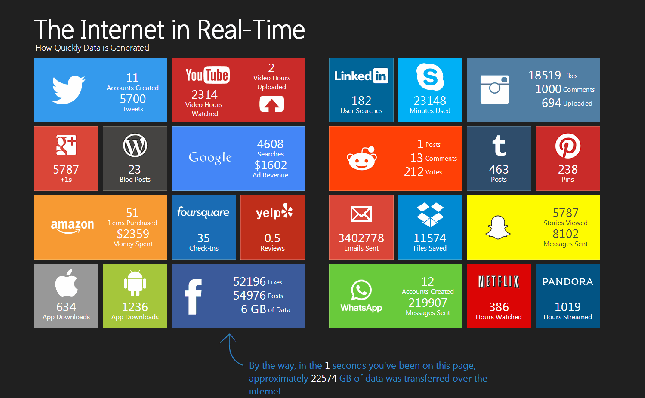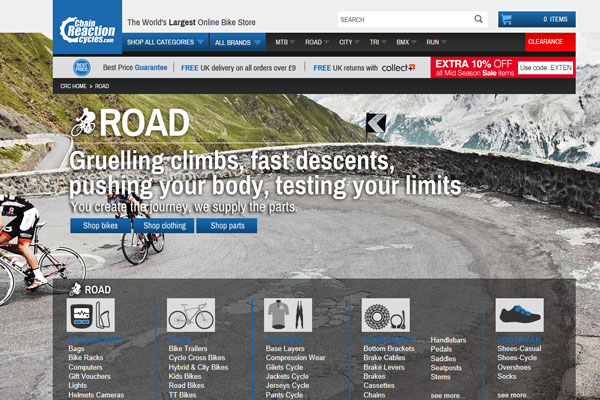Crowd Funding: There’s strength in numbers, so the saying goes.
Since the recession capital investment hasn’t come easily to entrepreneurs or SME’s, finical institutions have continued to disappoint the small to medium enterprise across Ireland and the UK. Recent figures from the Bank of England show that net lending to SME’s has decreased for the fourth year in a row, leading to the growing opinion that it is just not economical for high street banks to lend less than £50k. With an estimated 5.2 million SME’s in the UK, employing more than 24.3 million people, and totalling 99% of all business; without doubt the current financial lending system is in dire need of disruption.
In order to grow, many businesses are being forced to look elsewhere for investment and one source rising in popularity is Crowdfunding. Crowd funding involves a number of people each investing, lending or contributing small amounts of money to a business or idea, in exchange for rewards, recognition or ROI. Individual donations and investments are then pooled to reach the funding target needed to start the business or project. Crowd funding is a great alternative for starts-ups and SME’s to gain capital for new ventures without accumulating high interest debts, in a relatively quick time frame. It also can help raise the awareness of your new business idea among other like-minded individuals.
Crowd funding lending has doubled in size over the last 6 months and is predicted to break the 1 Billion mark by the end of the year. With global Crowd funding sites such as GoFundMe and Kickstarter receiving thousands of new ideas on a daily basis it can be difficult for genuine businesses to get noticed, and gain investment. CoFunder has been developed in Northern Ireland by the same people who brought us SpeedUp, and is the first Financial Conduct Authority approved lending platform. CoFunder aims to close the gap for established companies in the region looking to expand and create new jobs, but who do not have the working capital to do so; by matching businesses with lenders or individuals who can invest anything from £100 to £2,500. The main advantages of peer to peer lending through CoFunder are that it removes the barriers and restrictive lending practices of banks thereby supporting innovation. Borrowers also know they are responsible to individual people and not faceless intuitions and are therefore much less likely to default on payments. Lenders are likely to be more invested interest in the business or project and take more ownership of its success, using Cofunders social media tools.
CoFunder is a great means for Northern Irish companies to generate fast and flexible investment in order to prosper and develop a stronger economy for us all. Two Northern Ireland based companies already on the path to success via crowd funding are Brewbot and See Sense. Brewbot took advantage of the concept of combing a smartphone app with the traditional skill of brewing, to raise over £114,000 in 1 month via Kickstarter. While Newtonards’s based See Sense have developed environment sensing bike lights, that detect situations when you might not be seen by other road users, gaining over £33,000 to launch their product. Not to mention Belfast based Bitnet that netted $14.5 million in a series od crowd funding activities to launch a Bitcoin processor that aims to persuade the largest merchants in the world to adopt this new currency.
Let me know if you’ve heard of any other interesting projects seeking investment through crowd funding?
Sources:
- http://www.belfasttelegraph.co.uk/business/news/bitcoin-digital-currency-firm-is-no-bit-player-as-it-sets-sights-on-hard-cash-windfall-30702389.html
- http://www.belfasttelegraph.co.uk/business/business-month/beer-and-bike-lights-crowdfunding-the-future-for-small
- https://www.kickstarter.com/projects/1670187625/seesense-the-intelligent-bike-light-with-road-sens
- http://www.seedups.com/
- https://www.cofunder.co.uk/
- http://www.fsb.org.uk/stats
- http://www.fsb.org.uk/stats






















